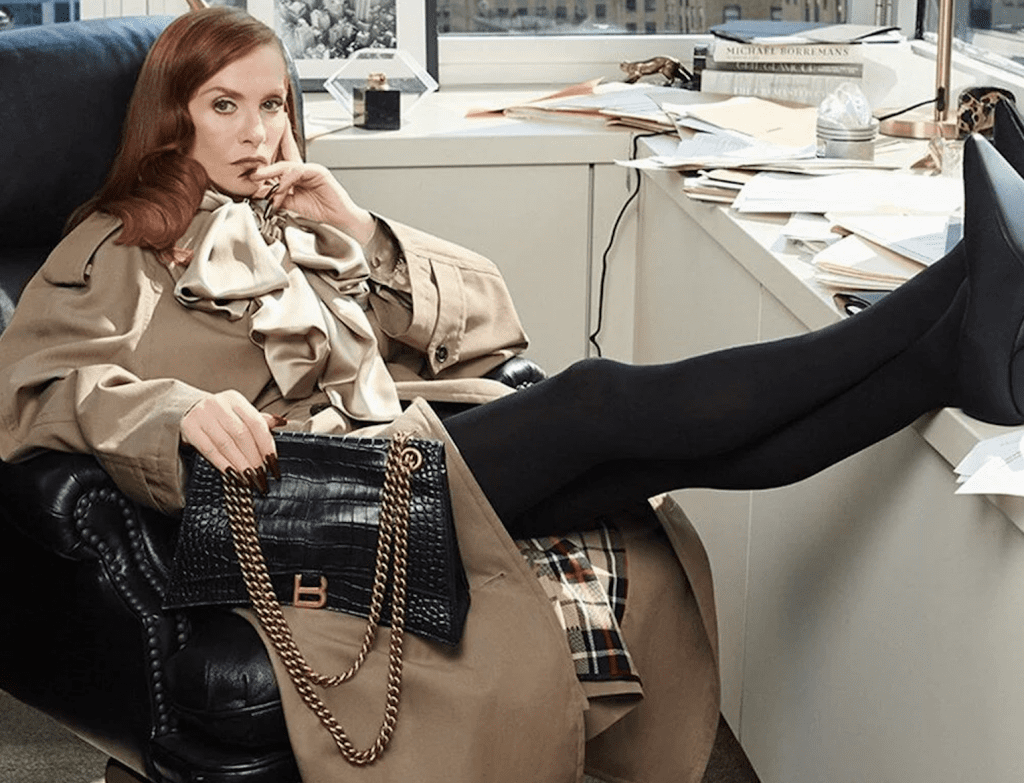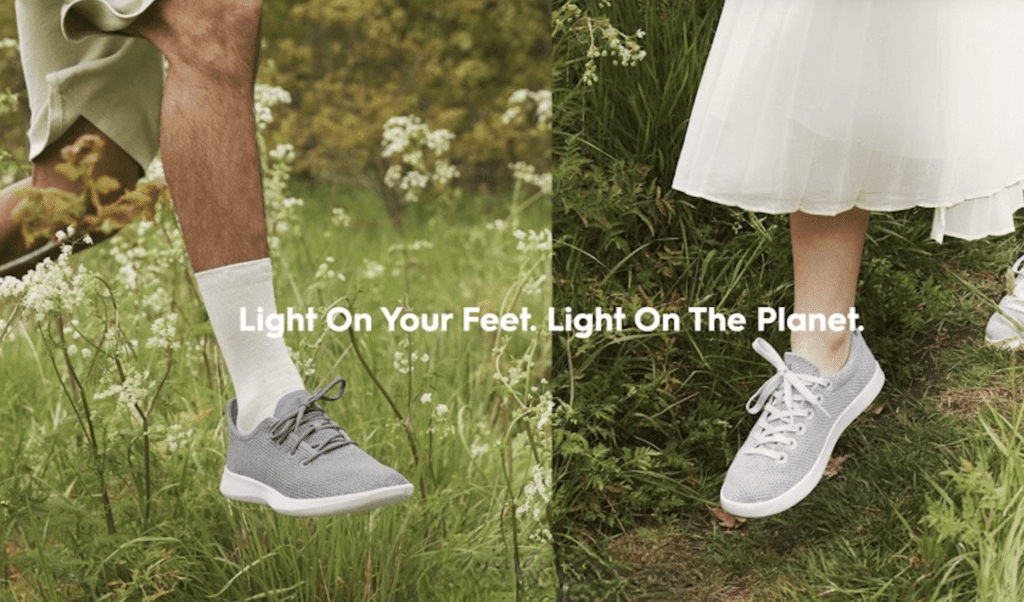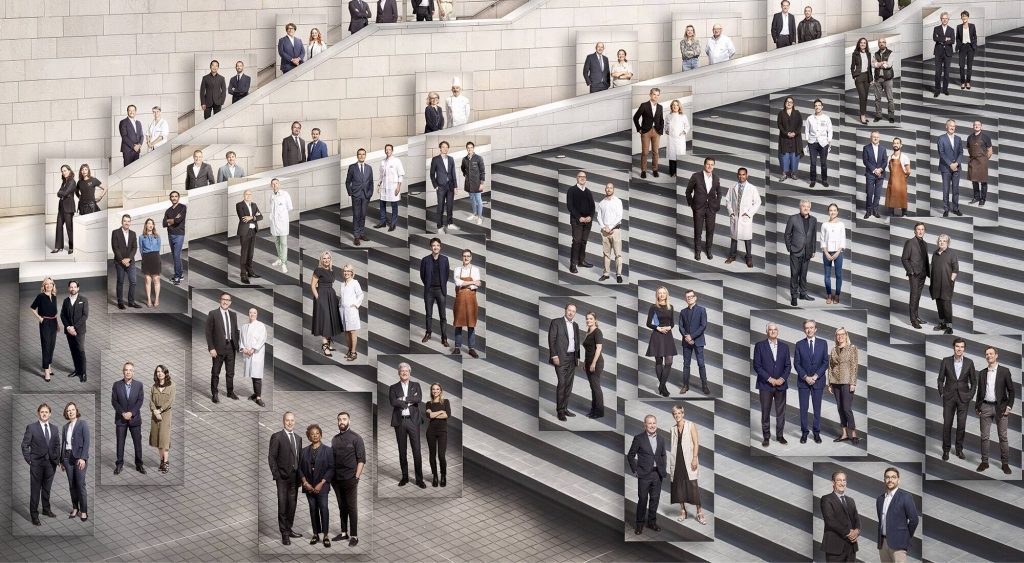Balenciaga is headed to court after releasing two controversial ad campaigns this month, with one featuring young children holding plush bear bags that appear to be wearing S&M-style harnesses, and another, its Spring 2023 ad, which includes a page from a Supreme Court decision, in which the court upheld a federal statute prohibiting the pandering of child pornography. In the wake of significant consumer backlash, including widespread calls for Balenciaga’s big-name celebrity ambassadors like Kim Kardashian to boycott the brand, Balenciaga has lodged a contract complaint against production company North Six, Inc. and its agent, Nicholas Des Jardins, the latter of whom designed the set for the Spring campaign, alleging that the defendants engaged in “inexplicable acts and omissions” that were “malevolent or, at the very least, extraordinarily reckless.”
According to a summons with notice filed with the Supreme Court of the State of New York on November 25, counsel for Kering-owned Balenciaga SAS and Balenciaga America assert that they are filing a lawsuit against North Six, Inc. and its agent, set designer Nicholas Des Jardins d/b/a Nicholas Des Jardins LLC (the “defendants”), to “seek redress for extensive damages [they] caused in connection with an advertising campaign Balenciaga hired them to produce.” Without its knowledge or authorization, Balenciaga claims that the defendants “included certain documents in the campaign photographs,” including an excerpt from the Supreme Court’s 2008 decision in U.S. v. Williams, which appears in the background of an image featuring a collaborative Balenciaga and adidas Hourglass handbag. (While adidas, is facing backlash from consumers as a result of the Spring 23 Balenciaga campaign in which its branding appears (its Instagram account is rife with angry comments from consumers in connection with the Balenciaga campaigns), it not a plaintiff in the lawsuit.)
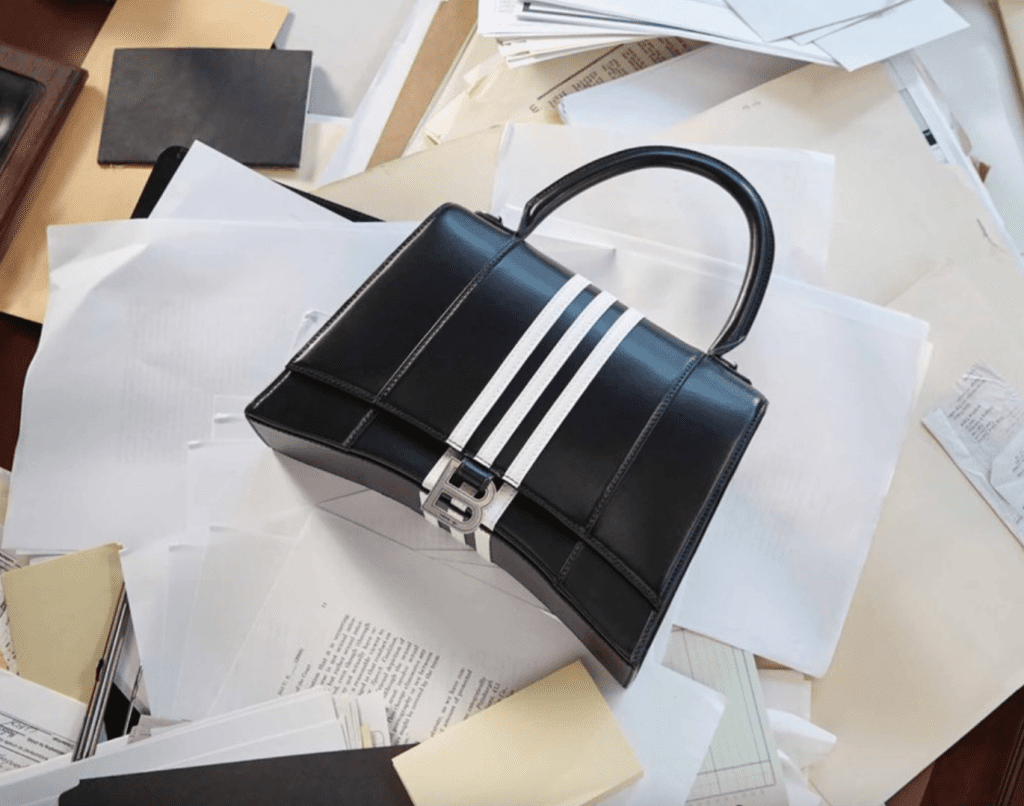
As a result of the defendants’ “misconduct” in connection with the SS23 campaign, Balenciaga alleges that “members of the public, including the news media, have falsely and horrifically associated Balenciaga with the repulsive and deeply disturbing subject of the court decision,” and as a result, the defendants are liable to Balenciaga for “all harm resulting from this false association.” This includes monetary damages of “no less than $25 million.”
In the midst of public backlash to the campaigns, Balenciaga released a statement via Instagram, saying, “We take this matter very seriously and are taking legal action against the parties responsible for creating the set and including unapproved items for our spring 23 campaign photoshoot. We strongly condemn abuse of children in any form. We stand for children safety and well-being.”
It is not immediately clear what claims Balenciaga has lodged against the defendants in connection with the contract lawsuit. (The complaint has not yet been uploaded to the New York state court database.) What is clear is that neither of the photographers behind either campaign have been named as defendants in the complaint. Photographer Gabriele Galimberti, who shot the campaign featuring the children and the bondage bags, released a statement last week, asserting, “I am not in a position to comment Balenciaga’s choices, but I must stress that I was not entitled in whatsoever manner to neither chose the products, nor the models, nor the combination of the same.” As usual, he stated, “The direction of the [commercial] campaign and the choice of the objects displayed are not in the hands of the photographer.”
More recently, Balenciaga released a separate statement on Monday, which reads as follows …
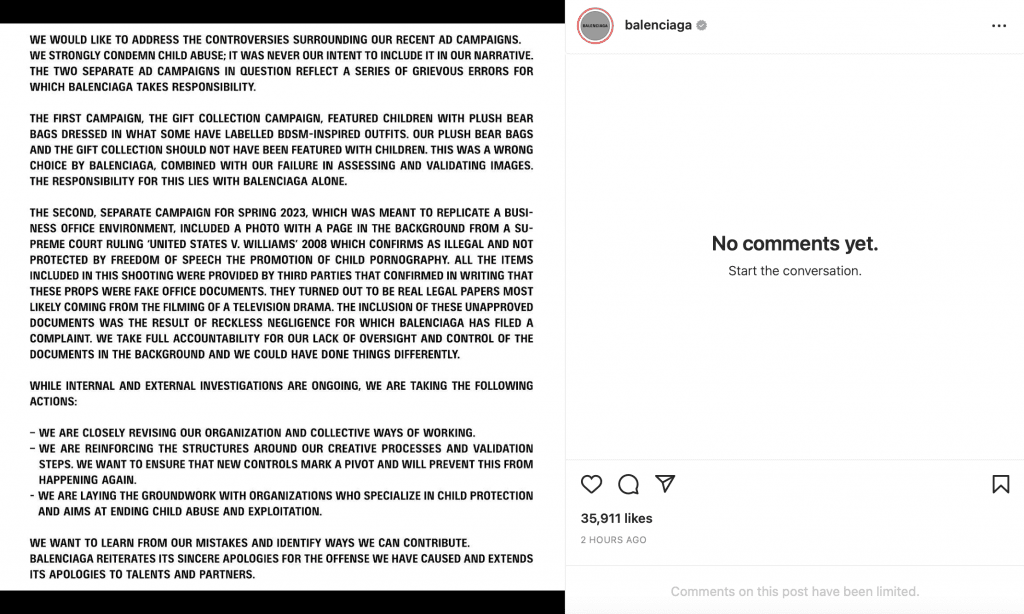
Meanwhile, Des Jardins’s agent, Gabriela Moussaieff, stated this past week that her client is “being used as a scapegoat” by Balenciaga. “Everyone from Balenciaga was on the shoot and was present on every shot and worked on the edit of every image in post production,” Moussaieff said, adding that the U.S. v. Williams opinion and other documents that can be seen in the Balenciaga ad “were obtained from a prop house that were rental pieces used [for] photo shoots.”
In what is undoubtedly a public relations crisis for Balenciaga, consumers have been quick to question what many are characterizing as attempts by the brand to shift blame in the situation, with no shortage of social media users, for example, highlighting the likelihood that Balenciaga approved the campaign images before they were released and/or uploaded to its website. (The brand has since pulled the campaigns from its site.) It seems especially unlikely that Balenciaga’s contracts with third-party creatives, including photographers, set designers, etc., do not include iron-clad terms by which Balenciaga has the final right of approval of imagery that bears its name before such imagery is released.
WHAT HAPPENED? Given the typical contract terms for creative projects involving outside contractors and the process involved in releasing ad campaigns by brands of the scale of Balenciaga (from the ensuring the assignment of intellectual property rights in the created works to clearing the images so that other companies’ copyright and/or trademark-protected works do not appear in it without their authorization), what seems likely here is that Balenciaga’s team, including individuals like its chief marketing officer, did, in fact, approve the campaign – both in terms of the concept in advance and the final product after it was completed.
But … what also seems particularly probable is that in approving and subsequently releasing the campaign, the Balenciaga team missed the relatively hard-to-spot document that appears to be at the heart of Balenciaga’s suit and its damages claims. In reality, the U.S. v. Williams document was only really visible to eagle-eyed social media users who spotted the case citation after enlarging the photo, which suggests that the court’s slip opinion was easy to miss when the Spring 2023 campaign crossed the desks of Balenciaga’s advertising/marketing team, presumably just one of many projects that were approved at the same time.
Given the likelihood that Balenciaga signed-off on the campaign after the fact (and almost certainly without noticing the inclusion of the Supreme Court opinion), Balenciaga may be in for something of an uphill battle in terms of its case against the defendants.
The potentially more intriguing element here is the strategy behind the newly waged suit. Balenciaga may have decided to initiate the lawsuit in order to “clear its name,” so the speak, in the eyes of consumers (and potentially, its ultra-famous endorsers); after all, the brand is in an undeniably difficult position in light of the back-to-back release of ad campaigns that have prompted consumer ire ahead of what is expected to be a relatively challenging holiday season for brands. The lawsuit does not seem to be helping its cause, however, as consumers are generally viewing the budding litigation as yet another attempt by the brand to place blame elsewhere. And in the process, consumers are amplifying the situation and the two ad campaigns even further, thereby, potentially causing more damage to the Balenciaga brand than if the company were to seek to remedy the issue with the defendants out of the public eye.
If this scenario sounds familiar, it is because there is a well-established legal principle behind it: The Streisand Effect, which takes its name from Barbra Streisand’s ill-fated attempt to have photos of her Malibu home removed from an environmental activist’s website, which caused the photos to be spread much more widely than before the case was filed.
Nonetheless, Balenciaga seemingly weighed the pros and cons of legal action in this scenario likely with the aim of doing damage control and shaping the narrative/consumer perception by way of a publicly accessible and heavily-newsworthy complaint (which is precisely what companies routinely uGse such filings to do), and opted to move forward with litigation. Given that enduring anti-Balenciaga sentiment among consumers seems to indicate that this tactic has not worked, it will be interesting to see how long the case lasts.
This article was originally published on Nov. 27, and has been updated to include the case number and an additional statement from Balenciaga.
UPDATED (Dec. 2, 2022): In a statement on Friday, Balenciaga CEO Cédric Charbit confirmed that Balenciaga is no longer pursuing litigation. The announcement comes two days after Balenciaga served the defendants with the summons.
The case is Balenciaga SAS, et al., v. North Six, Inc., et al, 654491/2022 (N.Y. Sup.)




